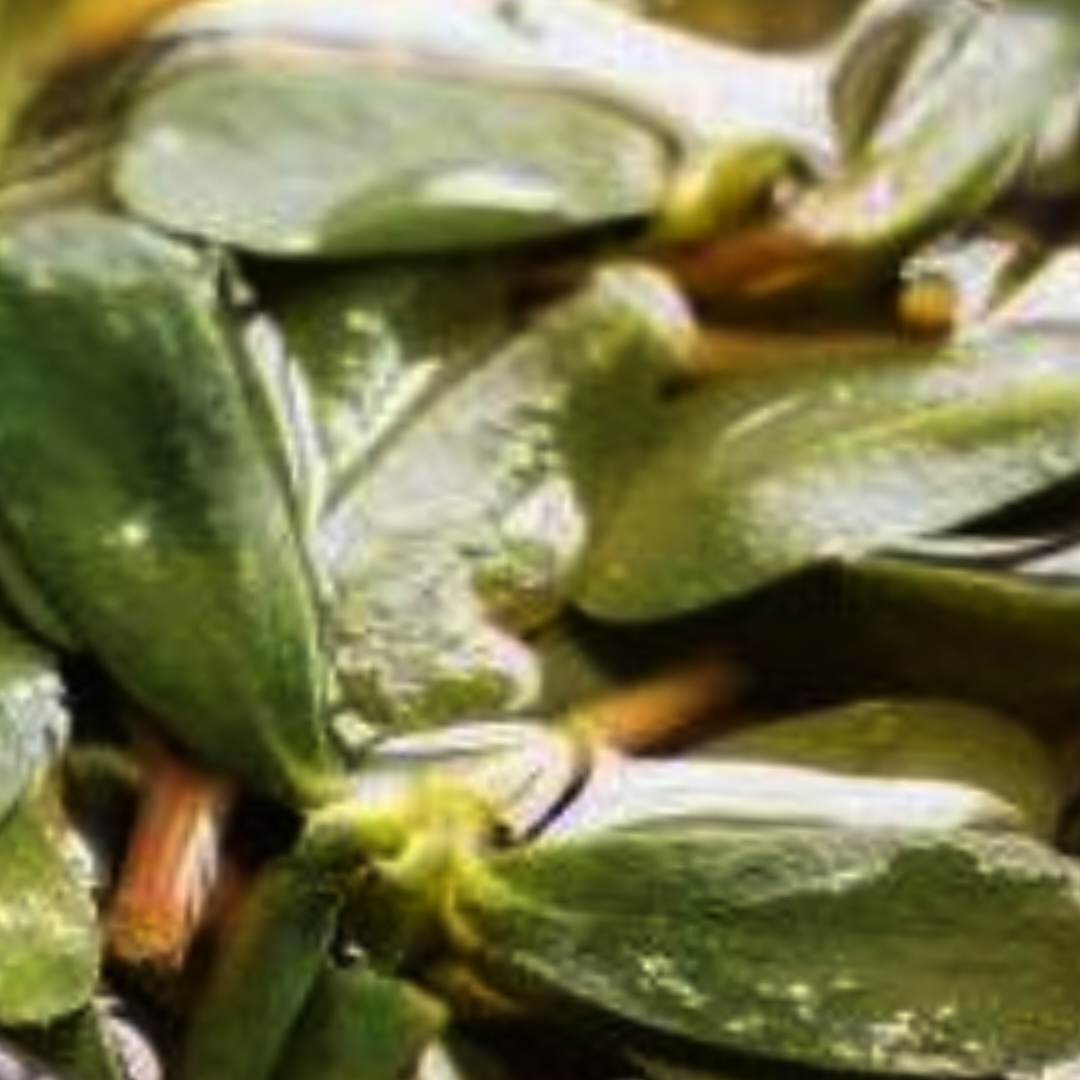Purslane, scientifically known as Portulaca oleracea, is a powerhouse of nutrients that has been celebrated for centuries in culinary and medicinal traditions across the globe. Despite often being labeled a weed, purslane is a versatile, health-promoting plant worth exploring. This article will guide you through identifying purslane, understanding its nutritional benefits, and discovering creative ways to incorporate it into your diet.
Identifying Purslane
Purslane is a succulent plant with the following key features:
Stems and Leaves: Smooth, reddish stems paired with thick, fleshy, paddle-shaped leaves that grow alternately along the stem.
Flowers: Small yellow flowers, each with five petals, bloom during summer.
Growth Habit: Purslane spreads horizontally, forming dense mats, often in gardens, fields, or even cracks in pavement.
Nutritional Profile of Purslane
Purslane is a nutrient-dense plant rich in essential vitamins, minerals, and antioxidants:
Omega-3 Fatty Acids: A rare plant source of omega-3s, surpassing most leafy greens in content.
Vitamins: Abundant in vitamins A, C, and E, along with B vitamins like riboflavin, niacin, and folate.
Minerals: Packed with potassium, magnesium, calcium, and iron.
Antioxidants: Contains beta-carotene, flavonoids, and betalains, which combat oxidative stress and inflammation.
Health Benefits of Purslane
Purslane’s impressive nutrient profile contributes to its numerous health benefits:
Heart Health: Omega-3 fatty acids help lower blood pressure, reduce inflammation, and improve cholesterol levels.
Immune Support: Its vitamins and antioxidants enhance the immune system’s ability to fight infections.
Digestive Aid: The dietary fiber in purslane promotes regular digestion and prevents constipation.
Skin Health: Antioxidants like beta-carotene help protect skin from damage and support collagen production.
Weight Management: Low in calories but nutrient-rich, purslane is an excellent choice for weight-loss diets.
Culinary Uses of Purslane
Purslane’s mildly tangy flavor makes it a versatile ingredient. Here are some ways to enjoy it:
Raw in Salads: Add fresh leaves to salads for a crunchy, nutritious boost.
Stir-Fries and Soups: Incorporate purslane into stir-fries or soups for added texture and flavor.
Smoothies: Blend purslane with fruits and almond milk for a nutrient-packed green smoothie.
Purslane Green Smoothie Recipe
Ingredients:
1/2 cup fresh purslane leaves
1 ripe banana
1/2 cup pineapple chunks
1 cup almond milk
1 tsp honey (optional)
Instructions:
Combine all ingredients in a blender.
Blend until smooth.
Serve immediately for a refreshing, healthy drink.
How to Preserve Purslane
To enjoy purslane year-round, you can preserve it by freezing:
Wash and chop the purslane.
Place it into ice cube trays and cover with water or olive oil.
Freeze and store in labeled freezer bags.
Use frozen cubes in soups, stews, or smoothies.
Growing Purslane in Your Garden
Purslane is easy to cultivate and thrives in various environments:
Location: Choose a sunny spot with well-drained soil.
Planting: Sow seeds directly into the soil or transplant seedlings, spacing them 6-12 inches apart.
Watering: Keep the soil moist but not waterlogged.
Harvesting: Pick leaves as needed, ensuring not to disturb the plant’s roots.
Conclusion
Purslane is far more than a common weed—it’s a nutritional goldmine with versatile culinary and health benefits. Whether you enjoy it fresh, cooked, or preserved, incorporating purslane into your meals can elevate your diet and support overall well-being. Embrace the potential of this humble yet extraordinary plant today!
